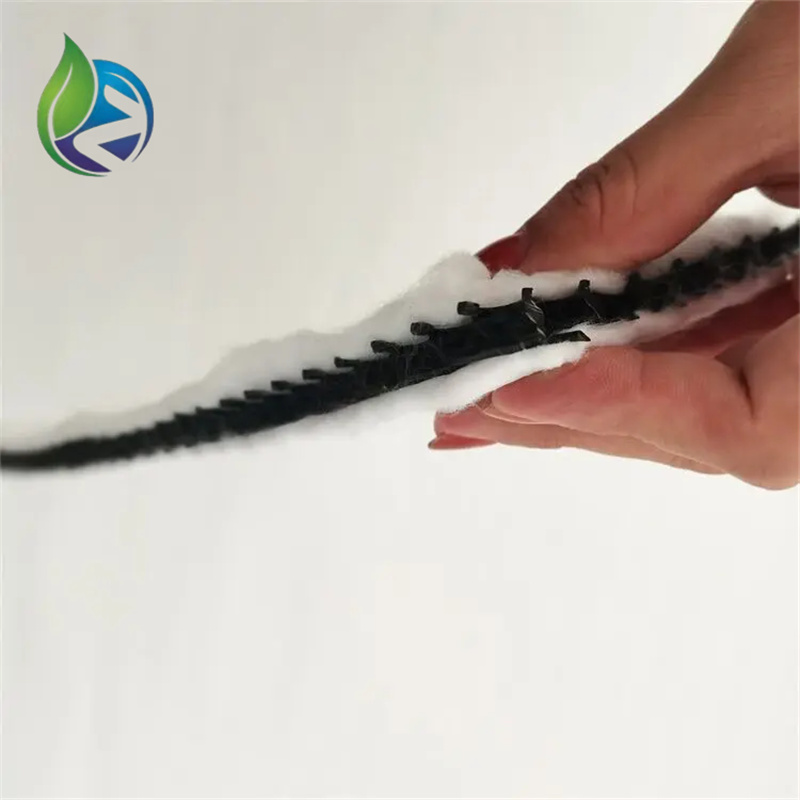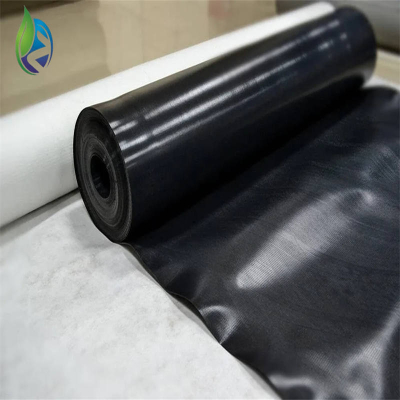The Drainage Effect of Three-position Composite Drainage Network in Road Foundation
The Drainage Effect of Three-position Composite Drainage Network in Road Foundation
In modern road engineering, the need for efficient drainage systems has become increasingly critical due to the growing complexity of foundation structures and the need for long-term pavement stability. One highly effective solution is the three-position composite drainage network, a multi-layered drainage material designed to rapidly discharge excess water while maintaining subgrade stability. The three-position composite drainage network not only enhances road durability but also contributes significantly to minimizing maintenance costs over time.
1. Understanding the Three-position Composite Drainage Network
The three-position composite drainage network consists of a specially designed three-dimensional geosynthetic core, sandwiched between non-woven geotextile layers on both sides. This structure allows water to flow freely in both horizontal and vertical directions, creating three distinct drainage channels—thus the name “three-position.” These layers work synergistically to capture, filter, and guide water away from the road foundation.
2. Drainage Efficiency in Road Foundations
The primary function of the three-position composite drainage network in road foundation applications is to reduce water accumulation within the subgrade. In traditional road construction, water infiltration can cause serious issues such as softening of the subgrade, frost heaving, and erosion. By integrating the three-position composite drainage network, engineers can ensure continuous and controlled water movement, preventing saturation and extending the lifespan of the pavement.
The three drainage directions—surface collection, in-plane drainage, and longitudinal flow—allow the system to intercept and channel water away more efficiently than single-direction or traditional drainage layers. As a result, water pressure on the pavement base is significantly reduced, and structural stability is preserved.
3. Structural Benefits and Durability
The three-position composite drainage network exhibits high compressive strength and excellent resistance to clogging. Even under long-term load conditions, it maintains its geometry and flow capacity, making it ideal for high-traffic roads, highways, and urban infrastructures.
Additionally, the outer geotextile layers act as filtration barriers, preventing fine particles from entering the core drainage layer. This filtering mechanism is essential for prolonging drainage performance and maintaining long-term efficiency in water discharge.
4. Application and Installation Considerations
Installation of the three-position composite drainage network is straightforward and cost-effective. It is typically laid beneath the subgrade or beneath the base course, depending on site-specific drainage needs. Its lightweight, flexible nature allows it to conform to uneven surfaces, making it suitable for various road construction environments, including mountainous terrain and soft soil zones.
In high-rainfall or flood-prone areas, incorporating the three-position composite drainage network in road foundations drastically reduces the risk of waterlogging and pavement deformation.
5. Environmental and Economic Impact
Using a three-position composite drainage network not only improves engineering performance but also supports sustainable construction practices. By efficiently managing stormwater and reducing the frequency of road repairs, this drainage system helps cut down on both environmental disruption and maintenance expenditure.
Conclusion
The three-position composite drainage network has emerged as a high-performance drainage solution in modern road foundation engineering. Its multi-directional flow capacity, strength under load, and filtering capabilities make it superior to conventional drainage methods. When integrated into foundation designs, the three-position composite drainage network ensures stable, durable, and long-lasting road performance—making it an indispensable component for future-oriented infrastructure development.





